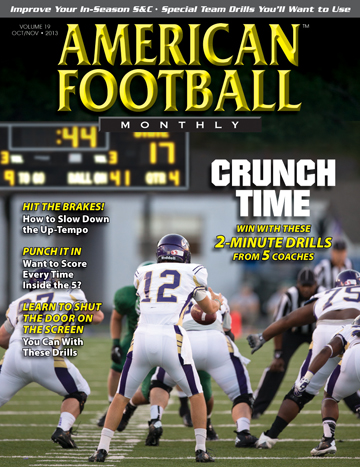Article CategoriesAFM Magazine
|
Strength Report: In-Season Training Considerationsby: Ted RathStrength and Conditioning Coach Detroit Lions © More from this issue One of the most common questions that a strength and conditioning coach will be asked is “what is your program”? The answer to this question could be extremely complex if you were to take all of the components of a coach’s program – volume, rest, time, conditioning protocols, speed work, agility drills, quickness training, reps, sets, progressions, strength development, power development, periodization models, etc. As you can see, this would be a long article! Instead, the short version of a more detailed and complex answer is simply “our program IS our in-season program”. A football season will test even the most well prepared athletes. The list of physical ailments that will arise is seemingly endless. With this portion of the year being absolutely critical, you must design a training program that will allow y....The full article can only be seen by subscribers.
|
|
|||||||
| HOME |
MAGAZINE |
SUBSCRIBE | ONLINE COLUMNISTS | COACHING VIDEOS |
Copyright 2025, AmericanFootballMonthly.com
All Rights Reserved





